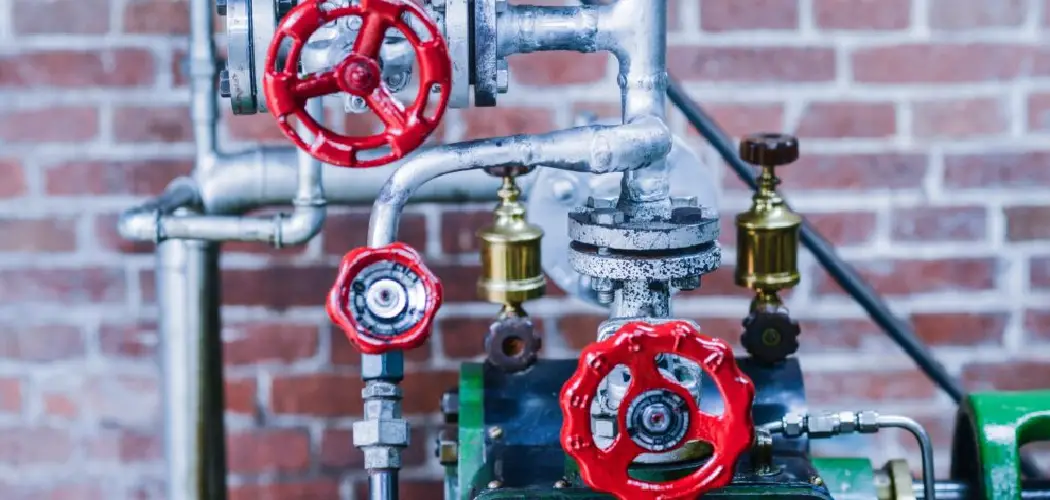Backflow preventers are crucial devices in plumbing systems that help maintain the integrity of potable water supplies by stopping contaminated water from reversing flow and entering clean water lines. Understanding how these devices work and identifying potential issues can safeguard your home or business from costly repairs and health hazards.
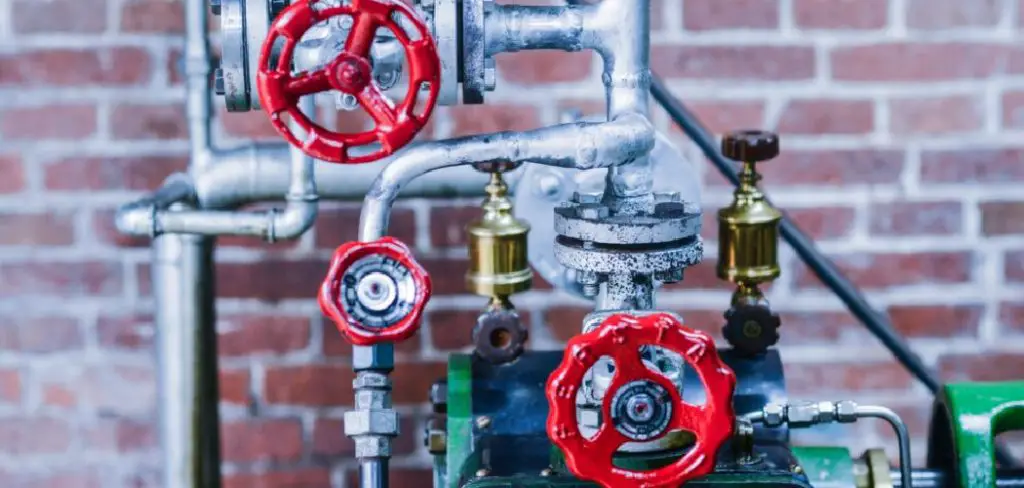
In this guide, we will explore how to tell if a backflow preventer is bad, the importance of regular maintenance, and steps to take if you suspect a problem. By being proactive, you can ensure that your water supply remains safe and secure.
Understanding Backflow Preventers
Backflow preventers are designed to protect drinking water supplies by preventing backflow, which occurs when water flows in the reverse direction due to pressure changes in the plumbing system. These devices typically consist of various mechanical parts, including check valves, air gaps, and relief valves, which work together to maintain one-way water flow. Regular testing and maintenance are essential for ensuring their proper function, as any failure can lead to dangerous contamination of the water supply.
Familiarizing yourself with the types of backflow preventers—such as atmospheric vacuum breakers, double-check valve assemblies, and reduced pressure zone devices—will help you recognize which type is installed in your system and when it may need attention. Understanding how these systems work can ultimately empower property owners to take proactive measures in safeguarding their water quality.
10 Methods How to Tell if a Backflow Preventer Is Bad
1. Reduced Water Pressure
One of the most noticeable signs of a failing backflow preventer is a sudden drop in water pressure. Backflow preventers work by allowing water to flow in only one direction, but when they malfunction, they can restrict water flow, leading to reduced pressure in faucets and showers.
If you notice that your water pressure is significantly lower than usual, it could be due to a faulty backflow preventer causing blockages within the system. To verify this, check the water pressure at different outlets in your home and compare it to the normal pressure. If the problem persists, it may be time to inspect the backflow preventer.
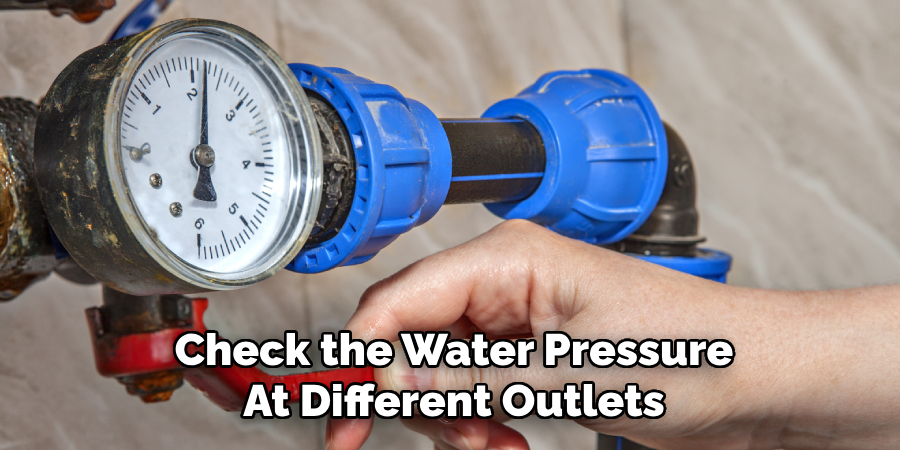
2. Unusual Noises in the Plumbing System
Unusual noises such as banging, clunking, or hissing in your plumbing system can indicate that your backflow preventer is not functioning properly. When a backflow preventer fails, it may allow air or debris into the water system, which can cause these noises as water flows through the pipes.
Additionally, water hammer (the banging sound caused by sudden pressure changes) can occur if the backflow preventer is not properly regulating the flow. Pay attention to any changes in the sounds coming from your pipes, as this can be an early warning sign of a backflow preventer failure.
3. Water Leaks Around the Backflow Preventer
Visible water leaks around the backflow preventer or its connections are a strong indication that something is wrong. A backflow preventer has several seals and valves that can wear out over time, leading to leaks. Inspect the area around the device for any signs of water pooling or dripping.
Small leaks may not seem like a major issue at first, but they can lead to more significant problems if left unaddressed. Leaking water can also indicate internal damage to the backflow preventer, which can compromise its ability to keep contaminated water from flowing back into the clean water supply.
4. Water Discoloration
Discolored water is a clear sign that your backflow preventer may be malfunctioning. If the backflow preventer fails, it can allow contaminants from external sources, such as irrigation systems, sewers, or other water systems, to flow back into the clean water supply. This can lead to cloudy, brown, or rusty water coming from your faucets.
If you notice a change in the color of your water, especially after using outdoor faucets or sprinkler systems, it’s critical to check the backflow preventer. Contaminated water can pose serious health risks, so addressing this issue promptly is essential.
5. Strange Tasting or Foul-Smelling Water
Along with changes in water color, foul-smelling or odd-tasting water is another indication of backflow preventer failure. If the device is not working correctly, it can allow harmful substances, such as chemicals or bacteria, to enter the water supply, causing the water to have a strange taste or odor.
If you detect any unusual flavors or smells in your drinking water, especially after running appliances like washing machines or dishwashers, this could be a sign that the backflow preventer is not doing its job. In such cases, it’s crucial to have the water tested and the backflow preventer inspected to avoid potential health hazards.
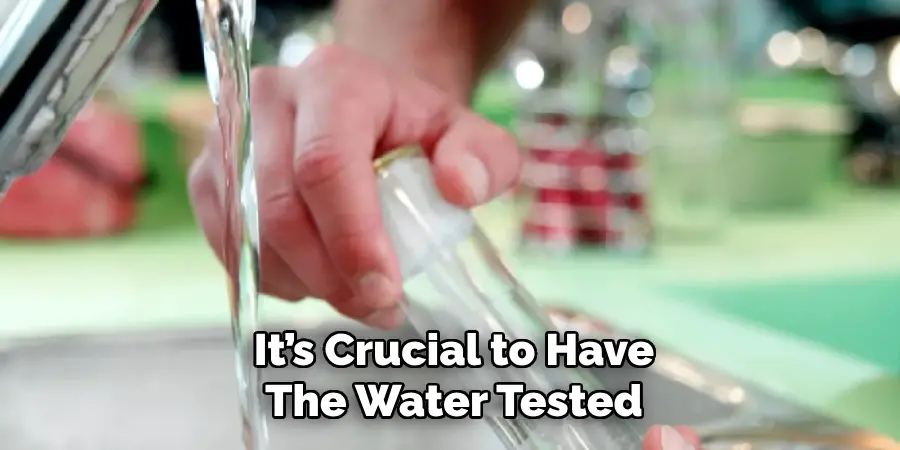
6. Slow Drainage in Plumbing Fixtures
A backflow preventer that is malfunctioning can also lead to slow drainage in sinks, bathtubs, and other plumbing fixtures. This happens when the preventer becomes clogged or damaged, causing water to flow back into the plumbing system instead of draining properly.
Slow drainage can indicate that the backflow preventer is not allowing water to move in the correct direction. If you notice that your sinks or tubs are draining more slowly than usual, especially in conjunction with other signs like low water pressure or water discoloration, it may be time to examine the backflow preventer.
7. Frequent or Unexplained Water Contamination Alerts
If your water supplier has issued frequent or unexplained contamination alerts, this could be a sign that backflow is occurring due to a faulty backflow preventer. Backflow can introduce harmful substances into the water supply, triggering contamination warnings from local authorities.
While contamination can occur for various reasons, repeated alerts may point to a specific issue with your plumbing system, such as a bad backflow preventer. It’s essential to take these warnings seriously and investigate whether your backflow preventer is functioning properly to avoid contamination risks.
8. Presence of Debris in Water
Finding debris, such as sediment, dirt, or particles, in your water can indicate a problem with your backflow preventer. When the preventer malfunctions, it can allow debris from other parts of the plumbing system or external sources to enter the water supply.
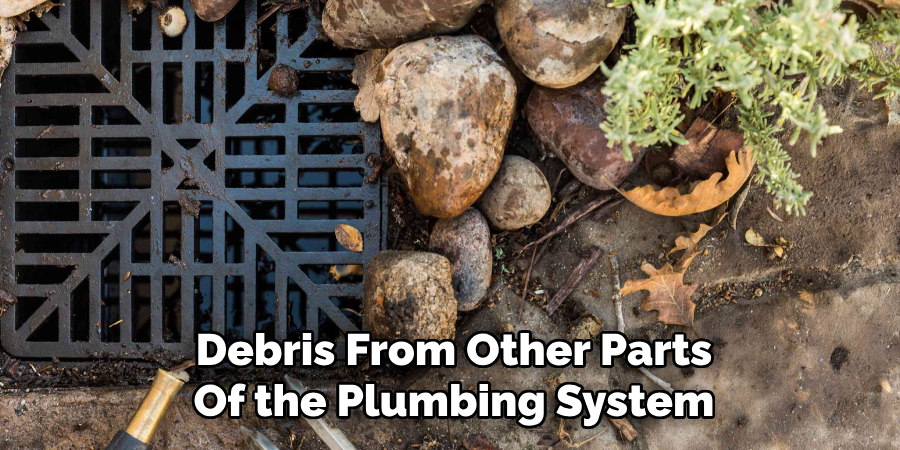
This is especially concerning if you notice these particles in your drinking or bathing water, as they can pose health risks. Regularly checking for debris in the water and inspecting the backflow preventer for blockages or damage can help prevent this issue from worsening.
9. The Backflow Preventer Fails Inspection
Regular inspections of your backflow preventer are essential for ensuring that it functions correctly. If your backflow preventer fails an inspection, it’s a clear sign that something is wrong. During an inspection, a certified professional will test the device to ensure it is working properly and that all components are in good condition.
A failed inspection could be due to worn-out valves, leaks, or improper installation. If your backflow preventer does not pass the inspection, it’s crucial to have it repaired or replaced as soon as possible to protect your water supply from contamination.
10. Age and Wear of the Backflow Preventer
Like any mechanical device, backflow preventers have a limited lifespan. Over time, the internal components of the preventer can wear out due to constant use and exposure to water pressure. If your backflow preventer is several years old or has not been maintained regularly, it may be more prone to failure. Signs of wear can include rust, corrosion, or cracks in the device.
If you notice these issues, it’s a good idea to have the backflow preventer inspected and possibly replaced before it completely fails. Regular maintenance can extend the life of the preventer, but eventually, all devices need to be replaced to ensure proper functionality.
Things to Consider When Maintaining Your Backflow Preventer
Regular maintenance of your backflow preventer is vital to ensure its optimal functioning and prolong its lifespan. Here are some key considerations:
- Regular Inspection Schedule: Establish a routine inspection schedule, ideally annually, to monitor the condition of the backflow preventer and address any wear and tear proactively.
- Knowledge of Local Regulations: Be aware of local regulations regarding backflow preventers, as many regions require specific tests and inspections to comply with health and safety standards.
- Professional Assistance: Engaging a certified professional for maintenance and repairs can help identify potential issues early and ensure that all work meets industry standards.
- Documentation: Keep records of inspections, maintenance, and any repairs performed on the backflow preventer. This documentation can be crucial for compliance and tracking the device’s history.
- Emergency Protocols: Have a plan in place for addressing backflow incidents, including knowing who to contact for emergency repairs to prevent contamination quickly.

By considering these factors, homeowners and property managers can help ensure their backflow preventers function correctly and protect their water supply from contamination.
Conclusion
In summary, a well-functioning backflow preventer is essential for safeguarding your water supply from contamination. By being aware of the signs that indicate potential failure—such as leaks, water discoloration, foul tastes or smells, slow drainage, contamination alerts, debris in water, failed inspections, and general wear—you can take proactive measures to address any issues promptly. Thanks for reading, and we hope this has given you some inspiration on how to tell if a backflow preventer is bad!

